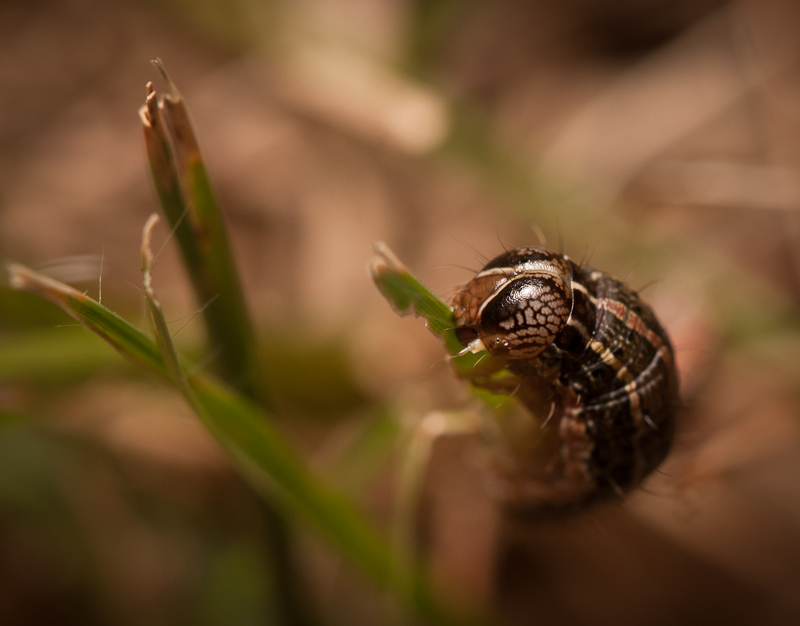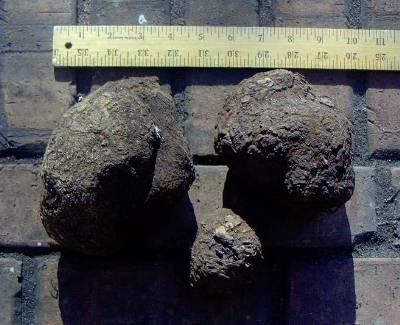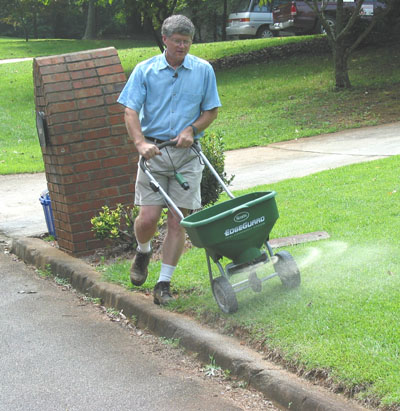Armyworm – Control
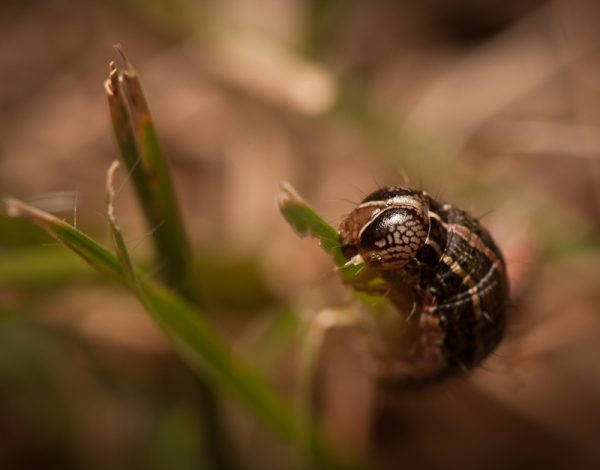
“An army travels by its stomach” according to military lore.
When a homeowner discovers an army of caterpillars marching across his lawn, devouring the bermuda or fescue grass, this aphorism is proved true for the insect world as well! Armyworm caterpillars are incredibly voracious as they feed on bermudagrass and fescue grass pastures and lawns in August and September. As eye-popping as is their feeding habit, when thousands of worms try to cross a busy highway, the results on the asphalt are truly disgusting!
The first signs are brown patches of grass which rapidly grow bigger. The caterpillars feed at night, so the damage is not explainable at first. Your first sign of a fall armyworm infestation might be several birds clustered on a turf area. Although birds eat the caterpillars, they are no match for hundreds of them in one lawn. As their numbers grow, entire lawns and fields can be eaten to the ground. The caterpillar is approximately 1 1/2 inch long, with white stripes down its body. There are usually two angled stripes on its head – joined to a longer stripe, the marking looks like a long “Y”.
If you haven’t had armyworms before, there is an easy early detection system: a gallon can with both ends removed and a bucket of soapy water. By plunging the can firmly into the turf and filling it with soapy water, caterpillars in hiding will quickly float to the surface. If more than five are found in the water, it’s time to treat.
CONTROL
Each spring, storms and windy days transport the moths northward from Florida. Summer shipments of sod from infested fields can also bring them in. Their eggs develop into the black caterpillars you see in your lawn. Liquid, not granular, insecticides are best to kill armyworms.
Any sprayable lawn insecticide (click for examples)e can be applied in a coarse spray over the grass. Wet the grass thoroughly and do not mow for three days after application.
Products containing Bacillus thuringiensis (B.t.) click for examples) are effective only on small (1/2 inch or less) worms. Irrigate before treating, to move the caterpillars out of the thatch. Treat in late afternoon, when the caterpillars are likely to begin feeding. If possible, mow before you treat and then do not mow for 3 days after treatment. Winter cold has a great effect on armyworm populations. If a winter is severe, few armyworms will survive for next year.
The good news is that armyworms will not hurt your lawn permanently. Fall armyworms rarely kill grass but some lawns may be severely weakened. Be sure to apply a pre-emergent to prevent weeds from germinating.
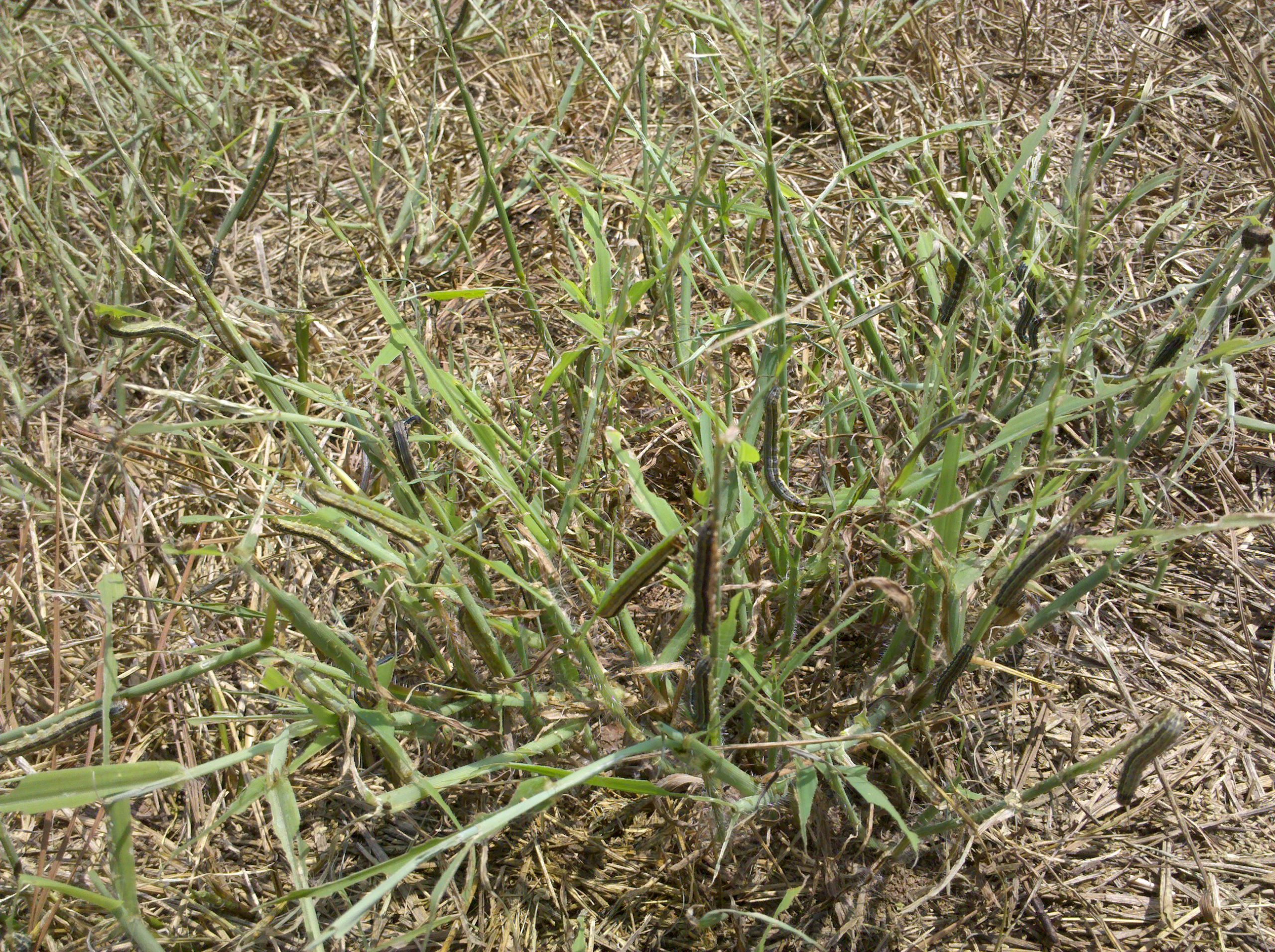
armyworms on grass
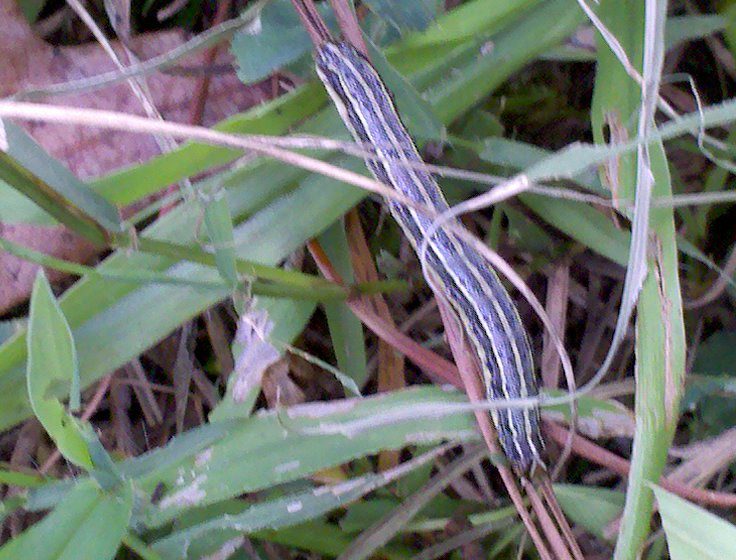
army worm
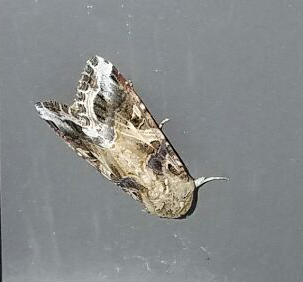
armyworm moth – about 1″ long (photo courtesy of Adam Schaper)
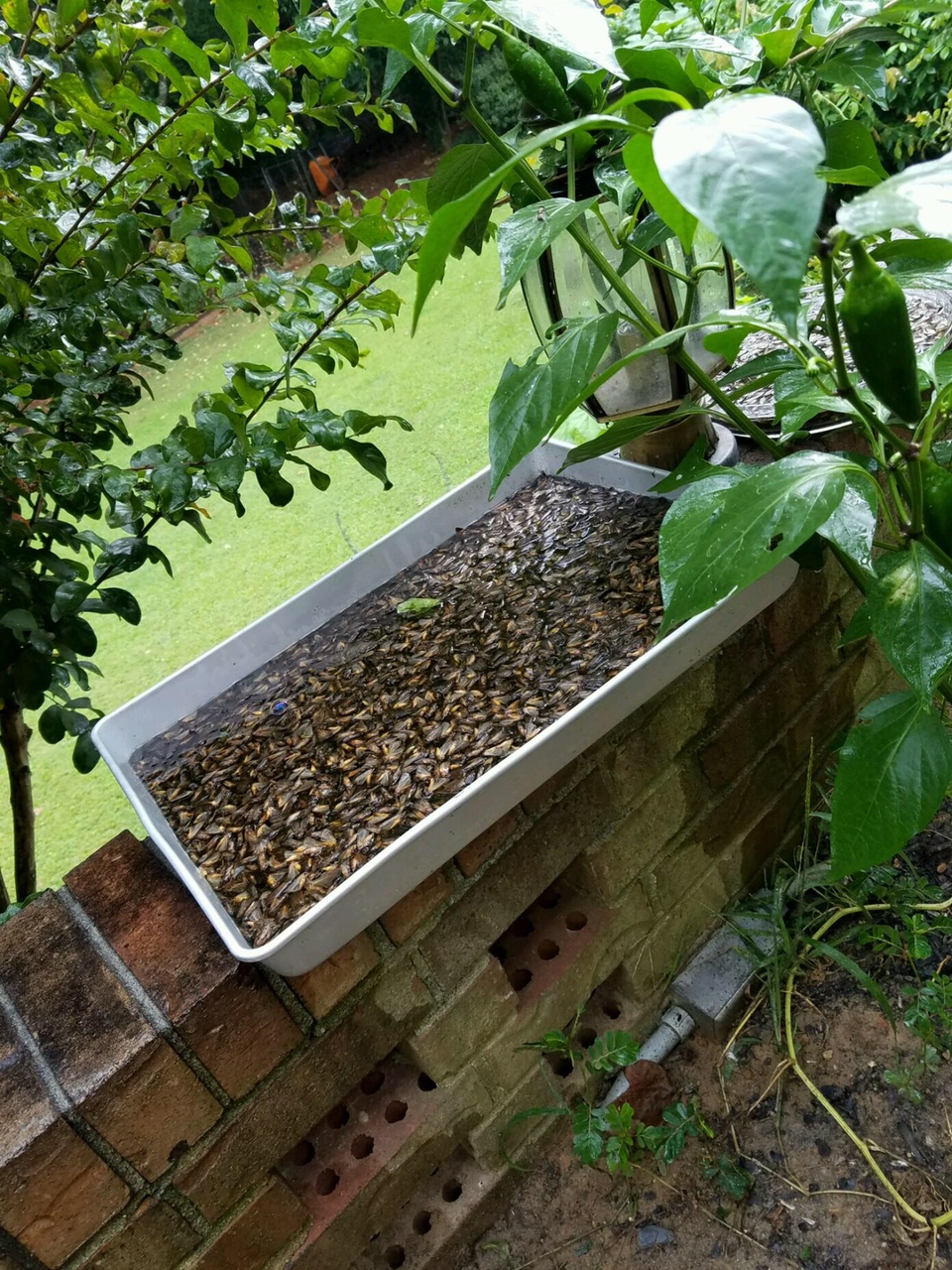
moths are attracted to outdoor lights, so you may see egg masses nearby (photo courtesy of Adam Schaper)


